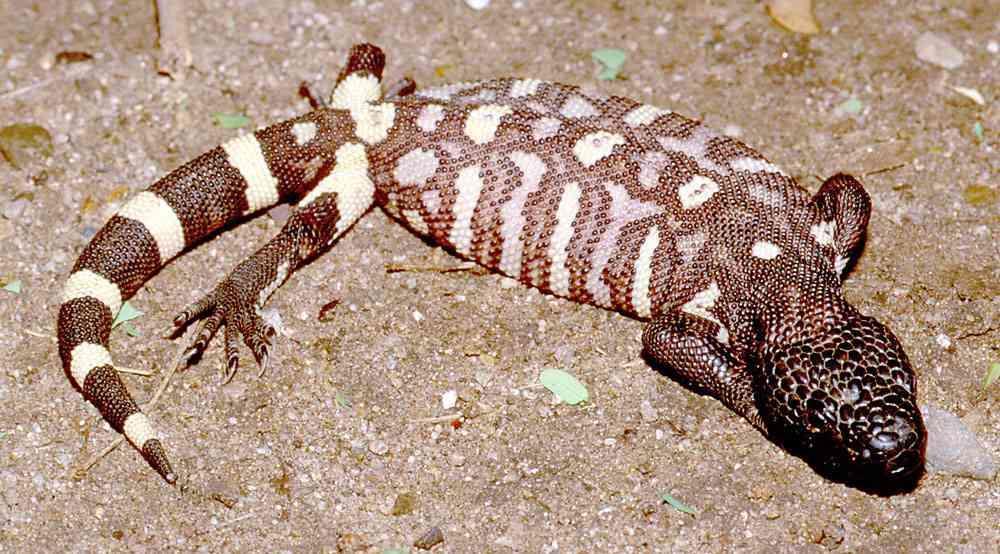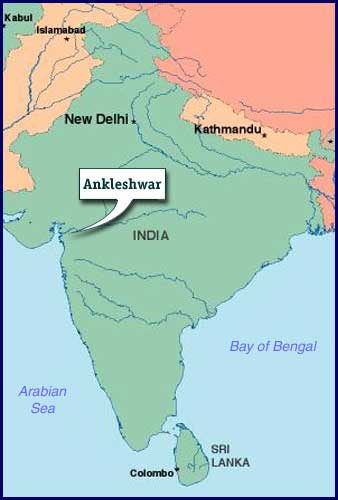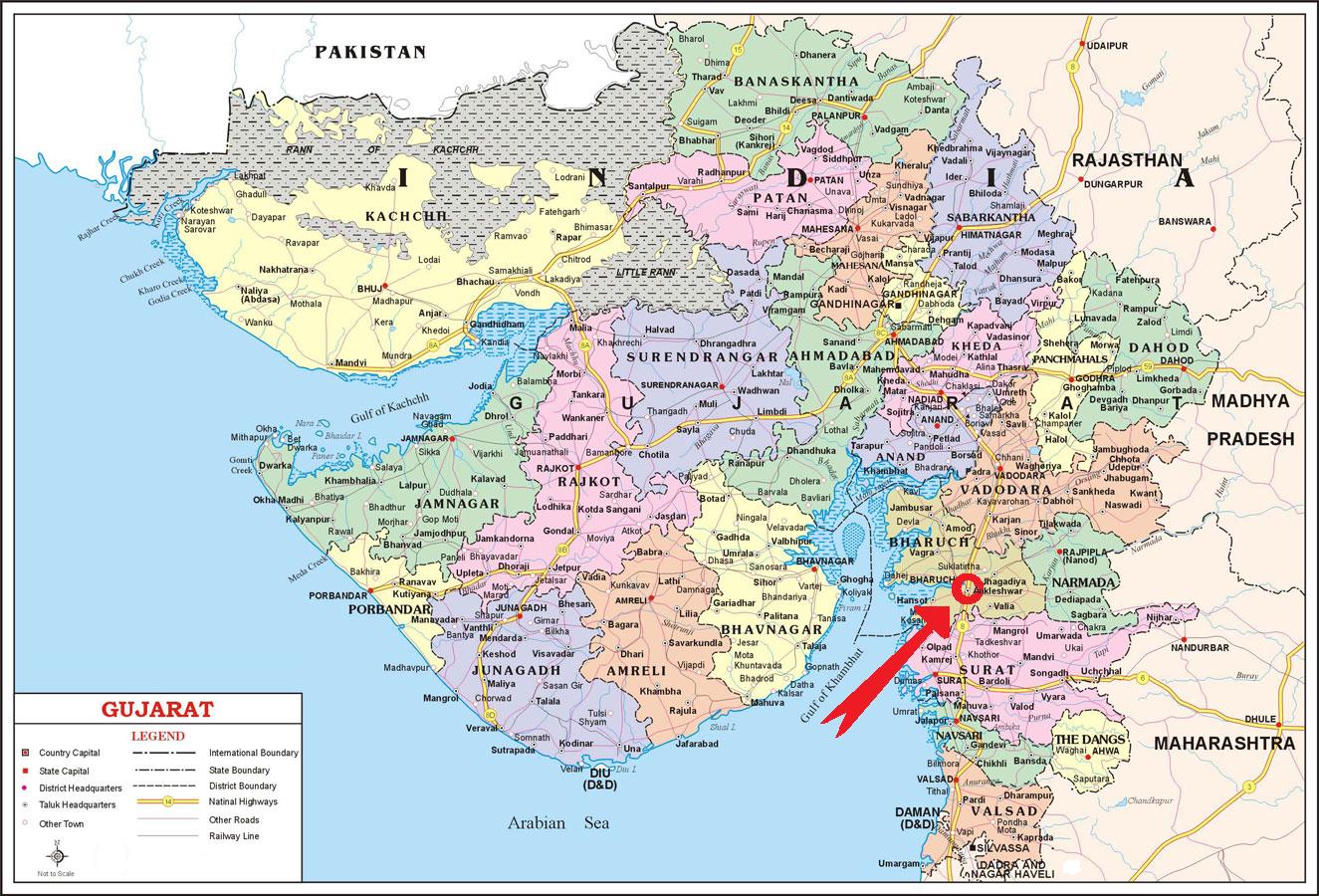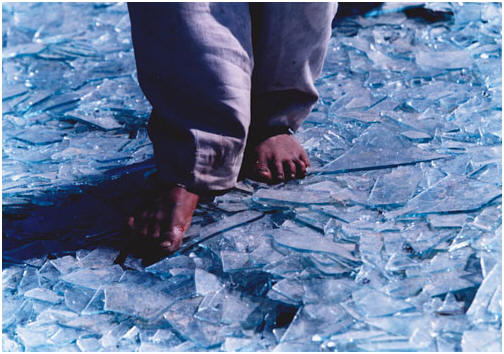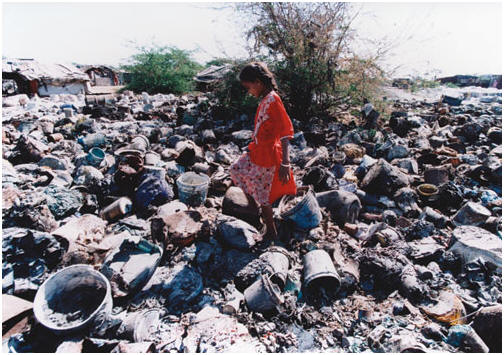www.ronnyfriman.com
|
|
|
Guestbook • Links • My Starsign - Zodiac • Pics • Questions Trucks And Cars • Wallpapers • What Happened 1962 ?
|
|
|
...SNAKE (Hydrophis belcheri) Faint-banded Sea snake (also called Belcher Sea Snake) (Hydrophis belcheri) Belcher SEA SNAKE The snake, which is a sea snake, has an extremely mild temperament and you have to mistreat the snake very badly before it bites you. Those who normally get bitten by this snake is the fishermen who get them in their nets. Of those who get bitten, it is only 25% that is poisoned because the snake doesn't very often inject much of their venom. Based on these facts, and the snake's calm temperament, they're normally do not count as one of the most poisonous snakes. Some snake-specialists believe that (Enhydrina schistos) Beaked sea snake or (Oxyuranus microlepidotus) The Inland Taipan has the most dangerous poison. Belcher SEA SNAKE venom has a value of 0.00099 in the Scenic City Reptiles LD50-scale (read more about the scale further down the page), which is about 100 times more potent than the venom of the Inland Taipan. The snake lives in the Indian Ocean (Philippines, New Guinea), Gulf of Thailand, Australia (Northern Territorium, Queensland), Solomon Islands, and especially around the Ashmore Reef in the sea in north-western Australia. The snake's usually only around one meter long and live on fish eggs, fish and eels. Type of poison: Nerve Poisons (neurotoxin) that effect the central nervous system, breathing and heart rate. It breaks down muscle cells and red blood cells, which plugs back into the liver so that it becomes acute liver failure. You can pee brown, then broken down muscle fibers and other things coming out, and you can not move arms and legs. Severe pain, Other symptoms are joint stiffness, muscle cramps and spasms, blindness, unconsciousness, and shortness of breath. You can die anywhere between two minutes and two days. But it usually goes very quickly with sea snakes and that means an extremely painful death.
(Enhydrina schistos) Beaked sea snake ...INLAND SNAKE (Oxyuranus microlepidotus) The Inland Taipan. (Oxyuranus microlepidotus) Inland Taipan The Inland Taipan is a poison snake that lives in Australia and New Guinea. It can grow to 3 meters long and, besides toxic, even dangerous, this because it can attack without warning, and also cut several times. Fortunately for us humans the snake lives in inhospitable areas in central Australia. There is also an antidote developed, but a piece of human being must have access to the antidote very quickly in order not to die. Without prompt treatment with antidotes, mortality is very high, close to 100%. Among terrestrial snakes are the only raw bite of the black mamba, which has a higher proportion of deaths. Although the snake's toxicity, said according to several sources, no one died of its bite in Australia. A single bite from the Inland Taipan contains enough venom to kill up to 100 adult men or 250,000 mice. The snake's feed on small mammals, mostly rats.
General information on venomous snakes The toxicity is related to both the size of the lethal dose of poison from a snake, and how much of that poison which the serpent at secrete a bite, and those two data varies from source to source. Toxicity should not be confused with hazard, because the risk of being bitten and dying also have with other factors to do. Some of these are the prevalence of a snake species is, how aggressive it is and how far it is to the nearest hospital. In practice it even less of a role which the snake that provide the greatest "overdose" - you can surely only die ... If a snake can kill 100 or 30 people with one bite is of minimal importance. If you die in one way or another by a snake and dies almost as quickly it does not really matter. There are approximately 300 species of snakes that can kill you and out of the 50 worst varieties you die in a matter of minutes and can not get help and is out of the jungle or desert without serum. Then does it matter if you get bitten by an Inland Taipan, or a King Cobra? There are about 3000 pieces species of snakes in the world. Of these, only about 10% which is toxic, but it is usually them everyone talking about. These are divided into about 16 families. The family, which includes far the two largest species, the family is snakes (Colubridae) with about 2200 species. Most of these are non-toxic, but no toxic also occur, such as the African Boom slang. Compared with snakes is the next largest species-poor families. Family vipers (Viperidae) and family poison snakes (Elapidae) both consist of between 170 and 190 species. For viperider counted vipers, lance snakes and rattlesnakes, while elapiderna includes cobras, coral snakes, sea snakes and mambas among others. A fourth family that may be worth mentioning (Boidae), where the boas and pythons are. Nearly 100 species belonging to the family.
The deadliest snakes in the world (NOT necessarily the most toxic snakes): 1. Russell's viper (Daboia russelli) Russell's viper (Daboia russelli) Lives in all of South East Asia, living on lizards and frogs but most rats, approximately 1-1.5 meters long, causing about 6,000 deaths a year. The high amount of deaths because the snake is very common, found in large numbers and in proximity to humans and attack rather than flee. Very aggressive. Type of poison: blood poison.
2. Saw-scaled viper (Echis carinatus) Sandrasselorm (Echis carinatus) Lives in arid areas of North Africa, Middle East, India and Sri Lanka. It feeds on mice, scorpions and lizards, the maximum 80 cm long. Highly aggressive and also digs down into the sand a few centimeters, so it is not visible. Many thousands of lives on his conscience every year. Type of poison: blood poison.
3. Indian cobra (Naja naja), better known as "four eyes". Indian cobra (Naja naja) Lives in India, Sri Lanka, Pakistan, Bangladesh and Nepal. It feeds on frogs, mice, rats, lizards and birds. The snake is most active at night and flee rather than attacking. If the snake is disturbed, it can attack and bite, but two thirds of these are stab with closed mouth or no venom is injected. One estimate is that every 10 bites results in death. Despite this, they kill around 3000 people each year. It is 2-2.5 feet long. Type of poison: neurotoxin.
4. Banded Krait (Bungarus fasciatus) Banded Krait (Bungarus fasciatus) The snake is present in many countries in Asia but are most numerous in eastern India. It eats lizards and other snakes. This snake is the longest of all the krait, it can be up to 2 meters long. The snake is not aggressive but curl up and hide his head under the body. The most common accident with krait affects farmers who are out walking at night and not see the snake. When the bite is painless ignore many of to see a doctor. If you get bitten you can become unconscious after a few minutes of the very strong poison, but it can also be long before the symptoms come on. There are antidotes but probably dies about 50% of all bitten, despite treatment. Type of poison: neurotoxin.
5. Common lance head (Bothrops atrox) Common lance head (Bothrops atrox) You can find this snake in Southern Mexico, Costa Rica, Guatemala, Honduras, El Salvador and Panama. It's between 1.8 to 2.4 meters long. It feeds on small mammals and birds. The snake is on the ground and is common around the human trials and are therefore also stands for most snake bites in Latin America. Most people bitten survive but 2500 people die each year. The bites are very painful and uncomfortable and the poison is very strong. Type of poison: blood poison.
King Cobra (Ophiophagus hannah) The snake lives from India to the Philippines (Southeast Asia). This is the world's longest venomous snake and can grow to 6 meters long. Favorite food is other snakes, but it also eats rats, mice and birds. King Cobra is the only snake that builds a nest, and together with all other cobras to kill about 15,000 people per year. The snake's venom is not very strong but because of the amount of toxin it produces (and inject at bite), it can kill an elephant in three hours. At the attack position may be the snake to raise 1 / 3 of its body and can be higher than a man. Type of poison: neurotoxin.
7. The black mamba (Dendroaspis polylepis) The black mamba (Dendroaspis polylepis) Living in the southern and eastern parts of Africa. The snake is the largest venomous snake in Africa and the second largest in the world after the king cobra. Mamba can reach up to 4.5 meters long but normal length is 2.5 meters. Despite its name the color of the skin changes between gray and olive-colored. The name has been given after the black skin on the inside of the mouth. It is also the fastest snake in the world and can reach a speed of 20km/h, it rather escape danger than to catch their prey. It feeds mainly on rodents and small birds. If the snake is disturbed it can be very aggressive and venom is very strong. The venom in a bite can kill up to 40 people and the mortality rate is 100% (highest in the world) without treatment (within 15 min). Type of poison: neurotoxin.
8. Puff adder (Bitis arietans) Puffader (Bitis arietans) Living in central to southern Africa and is considered Africa's most dangerous snake because of its spread and to be the most common snake. Although the size, strength and quantity of the poison and his willingness to cut making it dangerous. The normal length between 1 to 1.8 meters and very thick. A particular feature of snake is that it moves laterally. Their diet consists of rodents, amphibians, birds and lizards. Type of poison: blood poison.
9. Tropical rattlesnake (Crotalus durissus) Tropical rattlesnake (Crotalus durissus) Living in southern Mexico, most of South and Central America. Becomes between 1,5-2 meters long and live on rabbits, rats and lizards. A dangerous snake with a short fuse. Together with Lance head (Bothrops Atrox) the snake is responsible for most snake bites in South America. Many people have died of snake venom. Before any serum existed 72% of the bitten in Brazil died. After the serum introduction (1966-1973) decreased the number to 6%. Type of poison: blood poison.
10. The Egyptian cobra (Naja haje) The Egyptian cobra (Naja haje) Living in all of Africa, western and southern parts of the Arabian Peninsula. Becomes between 1,5-2 meters long and live on lizards, toads, frogs, birds, rats and mice. The poison is highly toxic and the snake has killed many people. Type of poison: neurotoxin. This is not a poisonous snake, but a species of boa constrictor.
In this context it is worth to mention the second most toxic land snake in the world, King Brown (Pseudechis australis). It occurs mostly in Western Australia, often in populated areas. It gets about 2 meters long and feeds on rats, mice and lizards. The snake is both extremely toxic and aggressive. The bite is extremely painful and the victim who's been hit almost directly loss consciousness. A snake expert was similar to the bite to being run over by a 9 ton truck. Type of poison: neurotoxin. King Brown (Pseudechis australis) In Australia, there is 500-3000 snake bites every year, but few deaths. This is because there's serum of almost all poisonous snakes. Australia has the world's most venomous snakes if you look at the strength of the poison in comparison to other snakes. A comparison of the hazard and damage the bites cause in humans pale Australian snakes in comparison to some other species such as the Asian cobra or the rattlesnake are American. A bite from Australian snakes "cured" relatively quickly with antidotes, and gives in most cases no permanent damage. A hard bite of an Asian cobra or American rattlesnake very often leads to extensive tissue damage and amputation of the affected body parts.
In Asia, most people die of snakebite in the world, but it should be pointed out that most people who die go barefoot, is far from any doctor or can not afford to go to one. Here is a rare chance to encounter the cobra, the famous "snake eye", but then usually in the snake charmers basket. Cobras have a narrow head, unlike many other venomous snakes that have broad back of the head. Cobras are not very afraid of themselves and they are reluctant to people, because where there are people, there is garbage and so even rats. Especially in the big city slums they are most common. A threatened cobra rises on one-third of the body and cut out the neck, the rest is up-curled on the ground. The gray beige King Cobra is the largest venomous snake and can measure up to 6 meters. But there are lots of other cobra locations in Asia, as Chinese cobra, Indochinese spitting cobra, cobra Burmese, Malaysian cobra to name a few. ...FROG (Phyllobates terribilis) Golden Poison Frog Golden Poison Frog (Phyllobates terribilis) Is by far the most toxic of all Poison Dart Frogs. It is more than 20 times more toxic than any other species. However, toxicity depends on the diet they eat. Without the ants that lives of in the wild, it doesn't produce the extremely toxic poison.
Poisonous frogs belong to
the world's most venomous animals and includes about 120 species in Central and
South America. They are small, 2-5 cm long and often very sharp and beautifully
colored. But in reality they are quite harmless for those who learned to deal
right with them. They are not animals that aggressively attack anything that
moves. These frogs have poison only as a defense! To be injured by the poison
from poisonous frog it's required to enter the bloodstream! And for this to
happen, you both have to have wounds on your hands, and that you deal
carelessly, or clumsy, with them! Do you need to touch poisonous frog you should
therefore first ensure that your hands are not sore, and after that it touched
them, wash your hands thoroughly! To be absolutely safe you should use plastic
gloves, it is sufficient for protection. It should be clear that some species
are extremely toxic. Reportedly, there are poisonous frog whose venom is so
strong that only 0.00001 grams is sufficient to kill a man, or a frog has so
much poison that can kill about 2200 people. ...FISH (Scorpaenichthys) Scorpio fish (Cabazon)
(Scorpaenichthys) Scorpio fish (Cabazon)
Scorpion fish is the
world's most venomous species of fish and the family is large, with many
subspecies. They come in all the world's tropical seas and temperate zones, but
is still mostly to the Pacific. General characteristics of this fish includes a
compressed body, ridges and/or tags on the head, one or two tags on the
gills-shield, and three to four tags in the jawbone. Caudal fin has 11-17 tags,
they are often long and separated from each other, and side fins are well
developed, with 11-25 tags. It will be between 45-60 cm long and grow up to 47
years old.
Of the sea approximately 23.700 known species is expected around 1700 which, more or less toxic. It is more than any known toxic vertebrate together. ...PANTS Jeans The jeans in the pictures are NOT representative toxic but the models are nice. Jeans are (one of) the world's most venomous clothes. A variety of chemicals used in dyeing and washing of the pants. A few jeans manufacturer has produced jeans from organic cotton.
…PESTICIDES
(Paraquat)
Paraquat Gramoxone
Paraquat (Paraquat) is an
extremely hazardous and hazardous spray. It is often used in developing
countries and the workers who spread paraquat do not know that it is unhealthy
and has no protective clothing. Paraquat causes workers to lose the nails and
have breathing problems. Minimum quantity of Paraquat in the mouth leads to
death.
Ricinbeens
It would be quite
possible to put ricin into grass. All the animals that ate the grass would die.
Ricin is a strong poison contained in castor bean-tree seeds. The average lethal
dose of ricin is not more than 0.2 milligrams, making it about twice as toxic as
cobra venom. Ricin is toxic by inhalation, injiciering or intake of food. The
toxin works by inhibiting the body's protein synthesis. There is no known cure.
In small doses, such as those found in castor oil for medical use, causing the
poison strong associations spins in the intestines resulting in the laxative
effect. …SPIDER (Phoneutria fera) Brazilian Wandering Spider (Phoneutria fera) Brazilian Wandering Spider
The Brazilian wandering
spider is one of the few spiders in the world that have strong enough poison to
kill a man. The body is up to 5 cm and total spindle can be up to 15 cm.
Available over the whole of South America in tropical areas of the Court. Feed
on crickets, large insects, small lizards and mice. Between 1926 and until 1996,
14 people died of bites from these spiders. After 1996, no deaths have occurred
since a serum prepared at the Butantan Institute in Sao Paolo Brazil. More about spiders: (Latrodectus mactans) Black Widow Spider (Latrodectus mactans) Black Widow Spider
Black Widow Spider
(Latrodectus mactans)
is "just" one of the world's most venomous spiders. The poison is called
latrotoxin, the bite is not usually fatal to a healthy person. Black widow got
its name because the female, like many other spider species, kills and eats the
male after completion of mating, where a hundred kids come out, and partly
because it is black. It is about 1 cm and in the diet can include small spiders
and insects. Like most other spiders, they use nets. The spider is not very
large, the body can grow up to 1.5 cm long and has a lifespan of 8-10 years. It
feeds on small insects and other spiders. LD50 5,5 mg/kg And even more about spiders: (Atrax robustus) Sydney funnel-web spider (Atrax robustus) Sydney funnel-web spider
This is "just" one
of the most venomous spiders in the world but definitely the most dangerous of
all. The Sydney funnel-web spiders common in the suburbs to the city of Sydney
(Australia), it is also very common in areas south of the city. It is therefore
urban living and are found commonly in gardens, where they often come in contact
with small children and they are sometimes the most deaths have occurred. There
are 13 recorded cases of bites from the spider deaths.
The Sydney funnel-web
spider is unlike other spiders, very aggressive, especially the wandering males,
who also are more toxic than the females, which is due to the substance in the
venom that attacks the human nervous system only in the male. This is slightly
strange as those of any other poisonous spiders, the female who are the most
venomous. If the spider feels threatened it does not hesitate to attack and bite
ferociously until the attacker runs away. The Sydney funnel-web spider venom is particularly dangerous for the primates (humans, apes, etc), while other animals such as cats and dogs are more or less resistant. The spider has eight grams of poison in his body, 0.1 gram is enough to kill a man. Type of poison: Nerve Poisons (neurotoxin). …APPLE PIE The world's most delicious apple pie? Nutmeg (Myristica fragrans) Due to a clerical error in the recipe to the "world's best apple pie" has two milliliter nutmeg accidentally become full 20 nuts. In August 2008, this happened the newspaper The Food magazine. A reader had baked the cake for the recipe and invited three people to eat it. Oooooops!!! All showed poisoning symptoms such as dizziness and headache. Nutmeg is a nice gentle, but highly aromatic spice that is used in moderation so as not to dominate. Nutmeg-nut grated directly over the dish to be seasoned. Nutmeg is used to advantage in various potato dishes such as mashed potatoes and creamed potatoes or other vegetables, cooked or stewed white-or cauliflower, spinach and egg and cheese dishes. Béchamel sauce flavored with nutmeg can be used for lasagna. Or the apple pie. Nutmeg exist as whole and ground. Nutmeg is also easy narcotic if you take it in larger quantities. A tablespoon swallowed with water gives an effect similar to a light marijuana intoxication, but the after effects learn to do that no one tried this more than once. Large amounts can lead to serious health risks and symptoms of poisoning, even death is possible. …QUOTES Most venomous quotes Do you know someone who needs to be bullied? If so, this is the perfect book for you. Here you will find poisonous and scathing lines about politicians, actors, artists, men and women. All the important topics and the major issues addressed here with toxic tongue. Feel free to use the quotes of someone you know. Read for inspiration and take revenge, or just for your own pleasure..
Loneliness would be an
ideal state if only one could select those you wish to avoid. …ELEMENT Radium 88 isotop 224 Radium Radium - Bohrs model Radium 224 is the most toxic of all elements. This isotope (variant of the same element that differ by the number of neutrons in the nucleus) occurs naturally and is 17.000 times more toxic than plutonium 239. Isotopes are atoms of the same atoms but with different number of neutrons and thus different atomic masses. Atom team is determined by the number of protons, atomic number, and determines the chemical properties of a substance. In the nuclear science there have been observed that there are atoms in the same types of atoms that have different atomic masses. …BOX JELLYFISH (Chironex fleckeri) Sea Wasp (Chironex fleckeri) Sea Wasp
Many of the Box jellyfish
have a very strong poison. They live in tropical oceans around the world but the
most toxic variety is common in Australia, the Philippines, and also occurs
around the rest of the Indian Ocean. Box Jellyfish gets its name from the shape
of the clock. The clock has a group with tentacles hanging down from the four
corners. They also have four compound sensory organs who sits on the sides just
above the lower edge. They consist of a number of equilibrium body,
well-developed eyes and the mouth which is square and very short. Box jellyfish
is usually very small only 5-25 cm high, but there is also much larger ones
where the tentacles can be up to 10 m long. LD50 0,2 mg/kg …OCTOPUS (Hapalochlaena maculosa) Blue-ringed Octopus (Hapalochlaena maculosa) Blue-ringed Octopus (Hapalochlaena lunulata)
The world's two most
toxic eight arms octopuses are two species blue-ringed octopuses
(Hapalochlaena maculosa)
located along the Australian coasts, and the slightly larger version
(H. lunulata),
another Australian species also found in Indonesia and the Philippines. Squids
are neither related to jellyfish and fish, but most closely related to snails,
and they are in the majority of cases, completely harmless to humans. The
blue-ringed octopus is a very small squid, no larger than 20 cm between the arms
and weighs about 100 grams. It lives in tropical waters from Japan down to
Australia, where it mainly feeds on crabs. …SCORPION (Leiurus quinquestriatus) Death Scorpion (Leiurus quinquestriatus) Death Scorpion Death Scorpion (Leiurus quinquestriatos) living in eastern North Africa and the Middle East. It feeds on insects and baby mice and is at most 12-15 cm long. Has the strongest venom of all scorpions, death is rare. There is also an effective antidote. A sting from the scorpion can cause: severe pain, fever, coma, increased heart rate, blood pressure, and shortness of breath. The cause of death is usually cardiac arrest. It bears only at 0.25 mg of its venom, which is rarely enough to kill an adult human. Type of poison: Nerve Poisons (neurotoxin). (Androctonus australis) Fat-tail scorpion (Androctonus australis) Fat-tail scorpion If the scorpion above, i.e. Death Scorpion (Leiurus quinquestriatos), the most toxic so is this definitely the most dangerous. It also causes many deaths each year.
It is up to 10.5 cm incl.
tail and is found in North Africa, from Morocco to Egypt, Sinai, Middle East,
India. It feeds on insects that it can get hold of, and baby mice, and it can
survive up to a year without food and water. They live in dry areas, and avoid
areas near the coast. Scorpio does not dig deep burrows, unlike many other
species, preferring to hide under stones, or cavities. The fat-tailed scorpion
is unfortunately very common in populated places, and are often hidden in
different cavities in the house.
The Scorpions are the largest spider-animals, and is famous because of its toxicity. Most species found in warmer regions and is night-active predators. The body is divided into a front body and a rear body ending with a tail and a poison sting at the end. The toxin is produced in two sack like glands that each have a pipe to the sting. All scorpions are poisonous, but a smaller number represents a danger to humans. …MAN-MADE POISON TCDD Biohazard Warning 2,3,7,8-tetraklordibenso-p-dioxin (TCDD) Seveso disaster took place in Seveso in northern Italy (about 25 km north of Milan) on 10 July 1976, when several kilograms of the dioxin TCDD (2,3,7,8-tetraklorodibenso-p-dioxins) released into the air from storage tanks at a small chemical factory, ICMESA. Tens of thousands of pets (including farming) died or were a result of the accident slaughtered, but it is believed that no one died immediately as a result of the accident. However, developed several hundred inhabitants chloracne and many pregnant women chose to have abortions. 2,3,7,8-tetrachlorodibenzo-p-dioxin, abbreviated as TCDD, is an environmental toxin. TCDD as a reference substance for other dioxins and dioxin-like substances, such as polychlorinated biphenyls (PCBs). It is also the most toxic substance produced by humans. It was discovered in 1872 is considered to be 150 000 times as toxic as cyanide. Dioxin is the name of some 210 chemical substances which almost all are extremely toxic. In this group there is found some of the most toxic substances ever known. Dioxins are not normally intended to be formed during manufacture parts gets but can be formed during combustion of organic material in the presence of chlorine. They are also formed by the natural combustion such as forest fires, but emissions from such limited compared to the rest. Some combustion processes where the formation of dioxin is combustion of fossil fuels in cars, burning of household and industrial waste and many factories. Dioxins are believed, on good grounds, damage the brain and other central nervous system, manipulate and disrupt hormone levels, damage the immune system and impair our ability to reproduce. They also cause cancer. The Ukrainian President Viktor Jusjtjenko Before After
Todays President of
Ukraine, Viktor Jusjtjenko, was poisoned by the most dangerous type of dioxin -
TCDD. …LIZARD (Heloderma suspectum) The Gila monster (Heloderma suspectum) The Gila monster
It is between 45 - 70 cm
in height and are from Mexico up to California. Like to eat eggs, but also
birds, squirrels, small rabbits, and other lizards. (Heloderma horridum) The Beaded lizard
(Heloderma horridum) The Beaded lizard
The Beaded lizard has a
dark body with yellow bands on the tail, and they have small bumps that cover
the whole body. They feed on eggs, birds, small mammals, and lizards, and the
hunt all year round at night. Lizard swallows always change completely, except
for eggs which they crush first. It lives in Mexico and Central America. …TOWN Ankleshwar, India India Gujarat - Ankleshwar Sidewalks are so poisoned that it wears out six pairs of shoes in a year. But it is even worse for children. Barefoot, they are forced to play the dumped industrial waste that makes them sick in the world's most toxic town. A greenish-yellow ensure seeping out of a hundred rusty barrels behind a pipla-tree. The poison is in the clear light of day. In Ankleshwar is leukemia, tuberculosis, and the insidious eye diseases in every home. Every day someone dies of leukemia. The lungs corrode. The skin falls off. The hair fading of drinking water
It never seems to be
someone responsible for environmental crimes in cities like Ankleshwar. Forces
are faceless, anonymous. The symbiosis between industry leaders and local
politicians have reached the point where no longer responds. There degraded
environment and broken health is considered as the price one must pay for jobs
and growth. And it is the poor who pay the highest price. The third world's environmental degradation is a ticking time bomb. The cancer and pulmonary explode already. It's simply a slow, relentless erosion of soil and habitat. And there is always the poor man's life, liberty, health and natural weight of the easiest. There's no question about who will eventually lose.
LD50-scale The measure of ACUTE TOXICITY is called the LD50-value.
The only way to compare data is drop by drop. The lower the value the more toxic it is. LD50 is a measure used in medicine to roughly indicate how toxic a substance is. LD50 is the abbreviation of the English word "lethal dose" 50%. The value of LD50 for a specific substance obtained by the experiments exposing different groups of animals to varying doses of the compound, whereupon some of the animals die. From the relationship between dose and mortality in relation to the individual experimental animal mass can then be using statistical analysis to calculate the dose that kills 50% of the animals. Usually set to LD50 in rats or mice. It is generally not possible to draw any of these values completely accurate conclusions about how poisonous a substance is to humans, but the more similar to humans as the species of experimental animals - mainly to the body weight and close genetic relatedness, such as primates - the more accurate value. Ordinary table salt = NaCl has an LD50 of 3000mg/kg body weight. This means that an adult male, weighing 70 kg, in danger of dying if he can take 3000 x 70 = 210 000 mg sodium chloride, = 210 gr. Compare this with Belcher SEA SNAKE value of 0.00099. You don´t need much venom to kill a man. All values apply when the substances are orally taken. Do you think there is something missing in me "the world's most venomous ..."? Send me an email if so. Now there should be some subtans in the whole and not any personal opinions. That may be the example your grandmother is the "most toxic" grandmother because she is 98 years old and jumping backwards up the stairs to the third floor. But this is hardly what I want here. I think you know what I mean. And it doesn't have to be the "most toxic" in the word's real meaning, i.e. the deadliest, but it can be for example the "most toxic" car with 3000 hp. Pictures are not necessary but preferred. Your name will be published together with your contribution.
Finally, if you can find pure error, or what you believe is wrong, you are welcome to contact me. Thanks for your help. |
|
|
www.ronnyfriman.com © 2007 |
First Page • About 6 • Contact Me • Discover The World • Fun-Page Guestbook • Links • My Starsign - Zodiac • Pics • Questions |
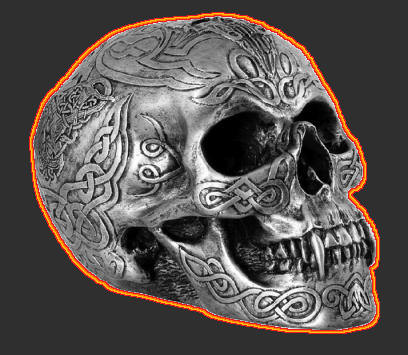
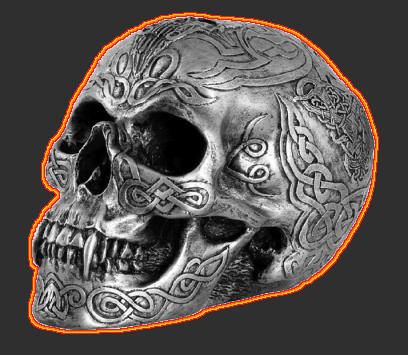
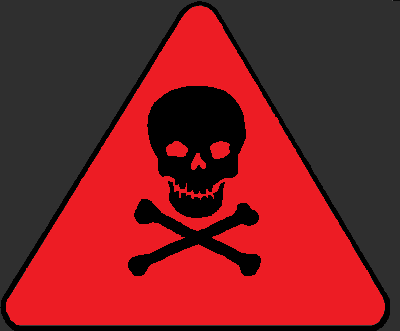
.jpg)
.jpg)
%202.jpg)
.jpg)
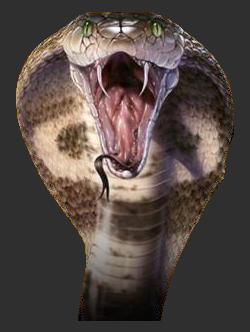
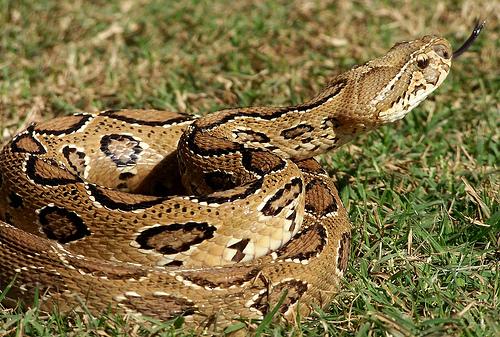
.jpg)
.jpg)
%202.jpg)
.jpg)
.jpg)
.jpg)
.jpg)
.jpg)
.jpg)
.jpg)
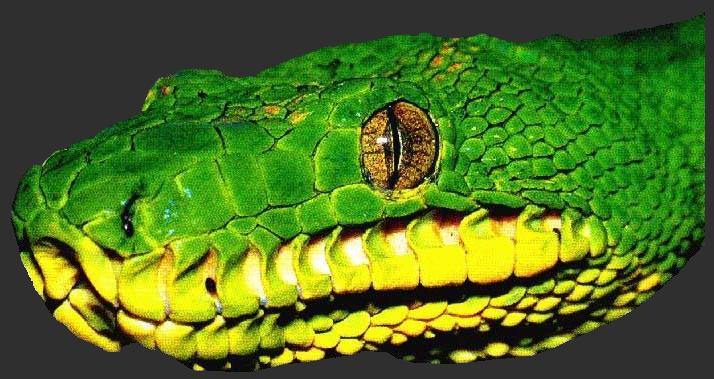
.gif)
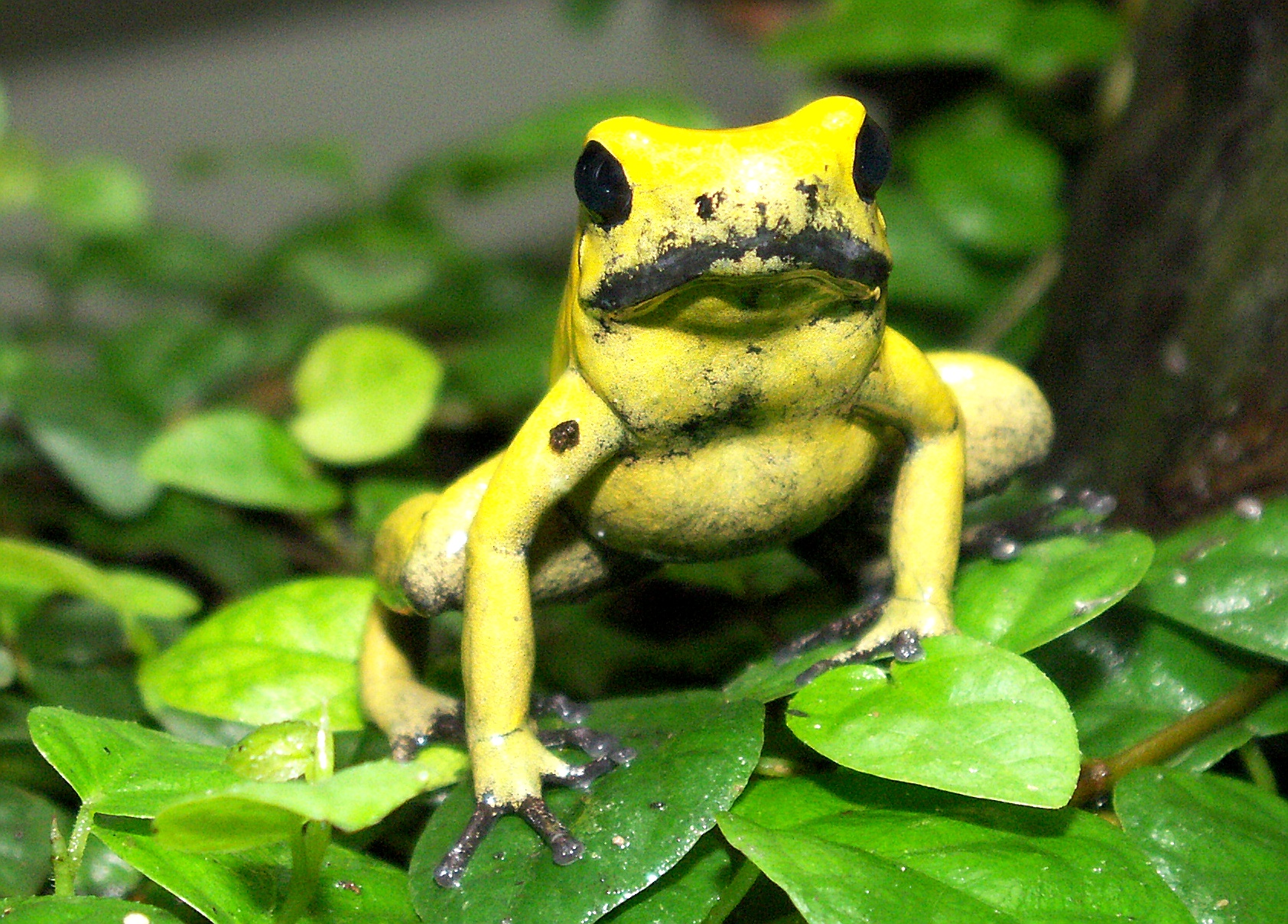
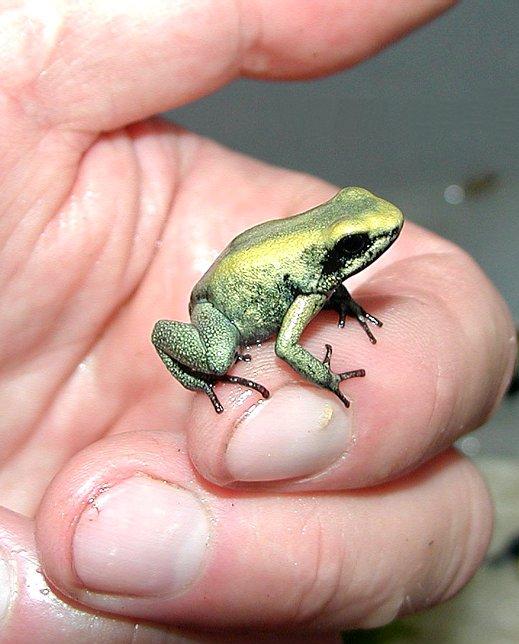




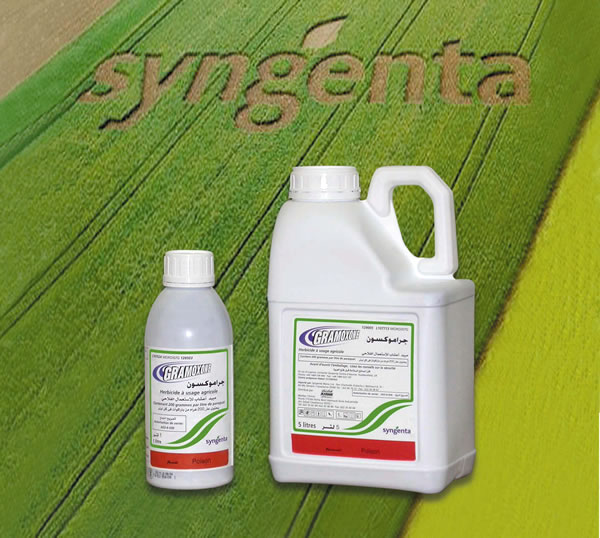
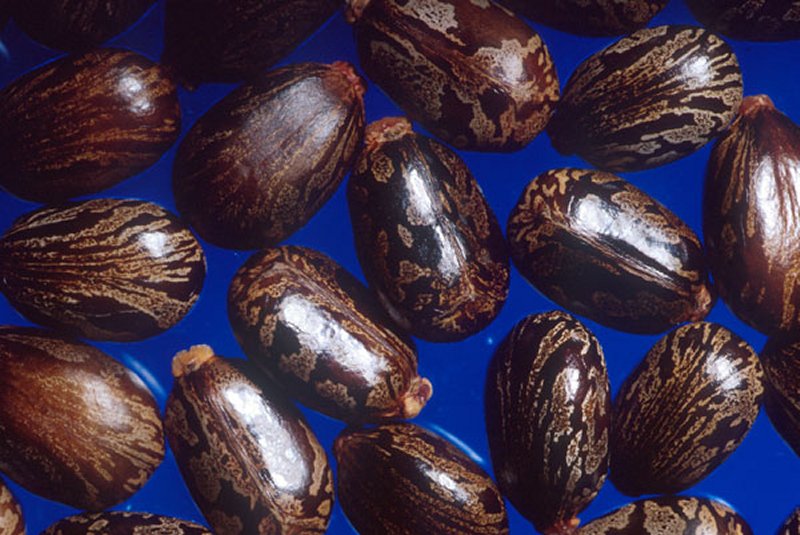
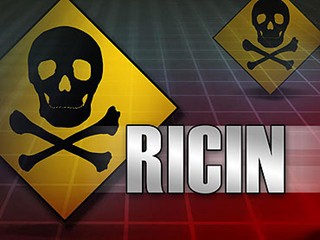
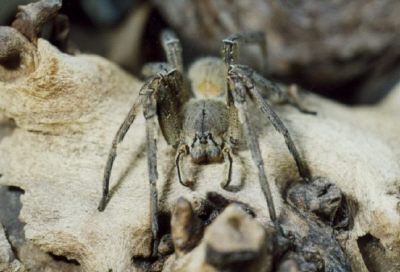
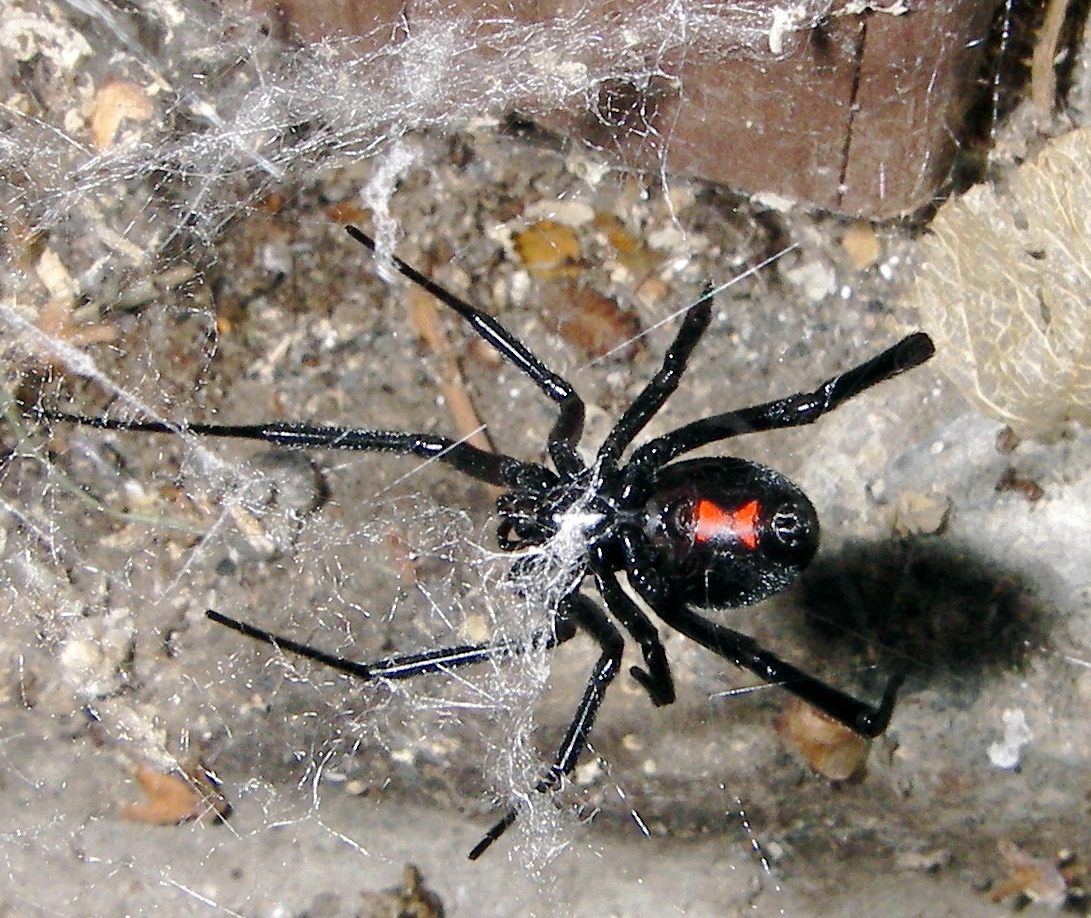
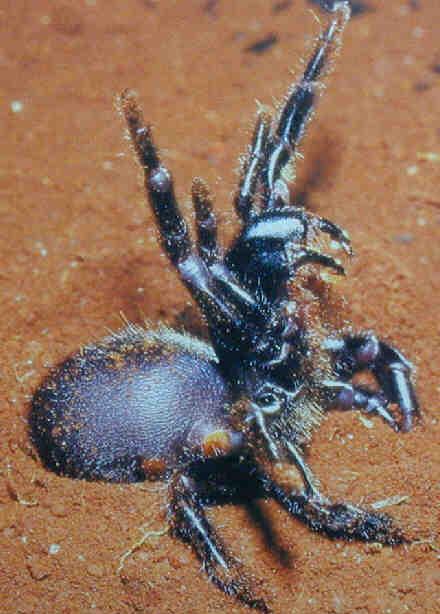
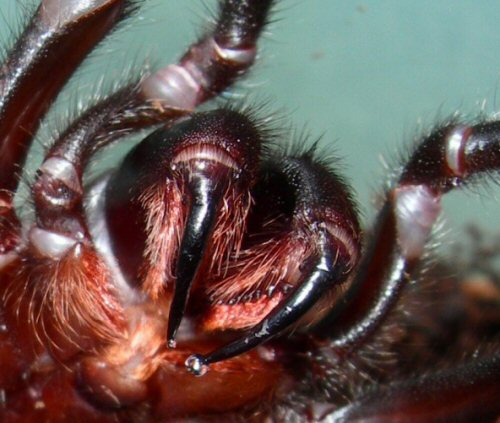
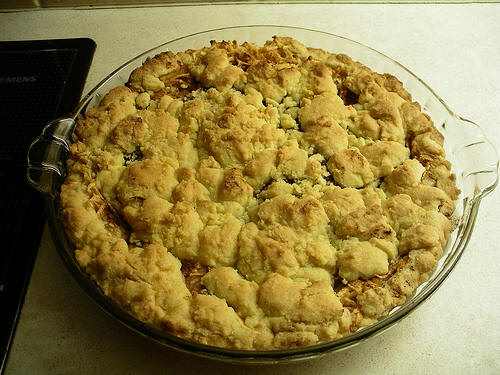
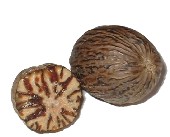

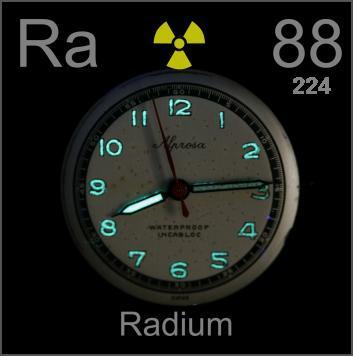
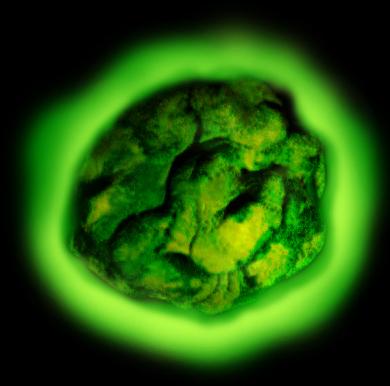
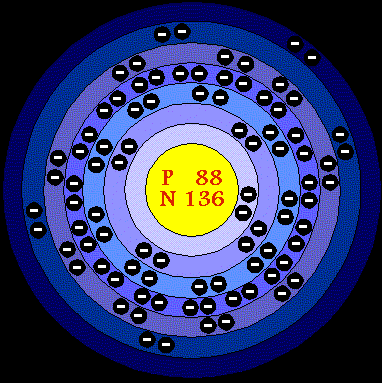
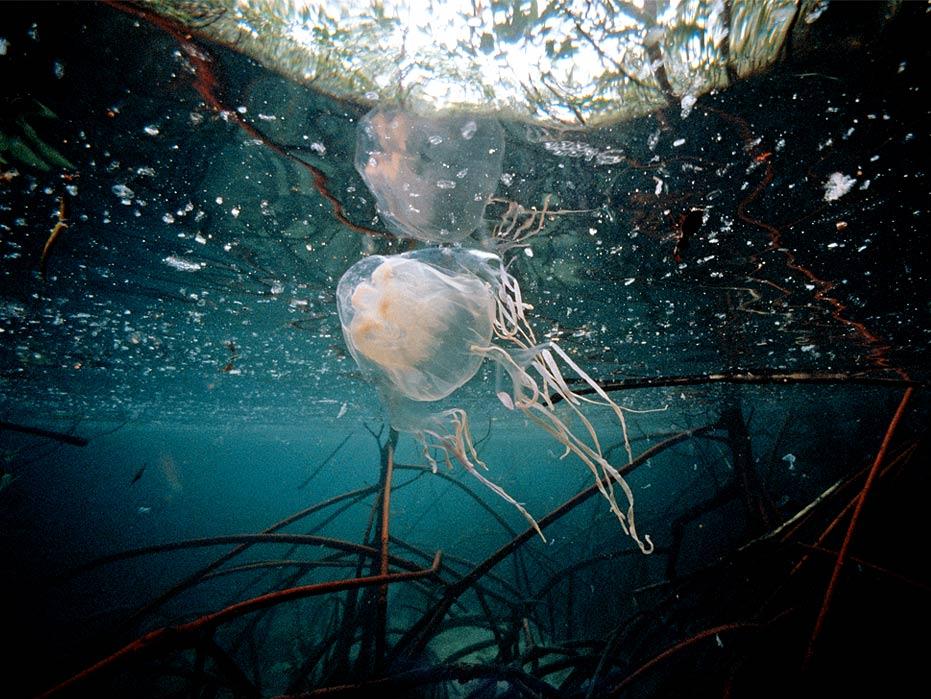
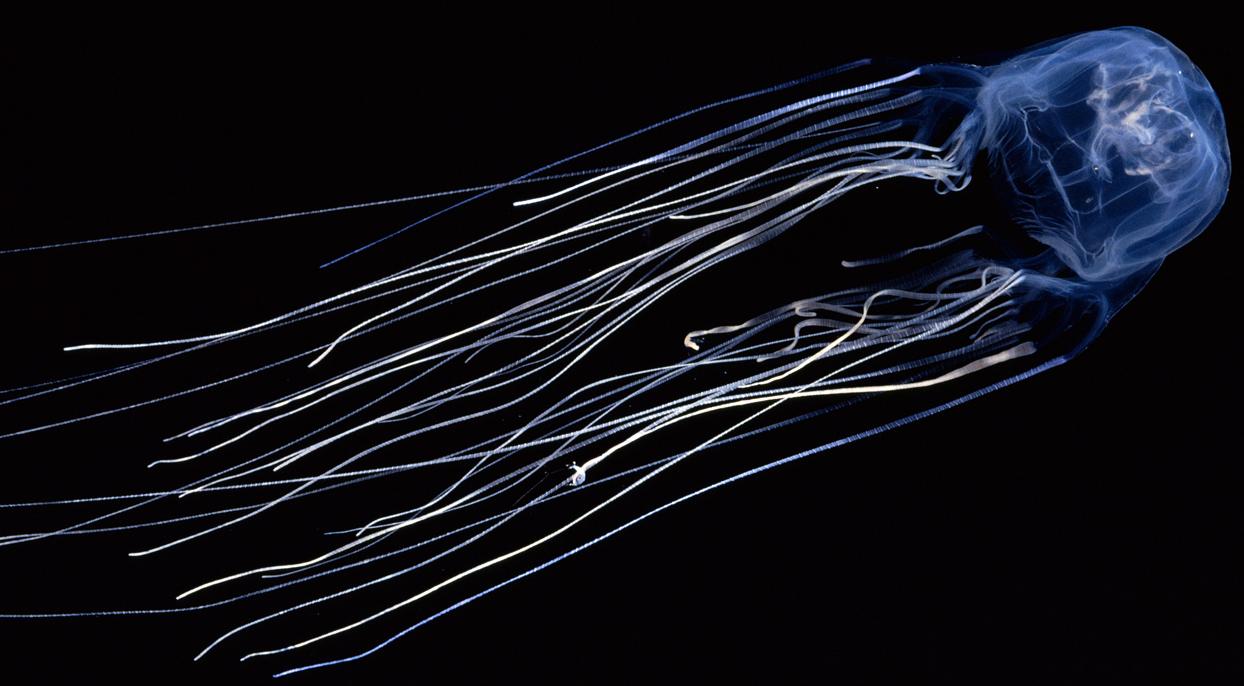
.jpg)
.jpg)
%20Dodsskorpion.jpg)
%20Tjocksvansskorpion.jpg)
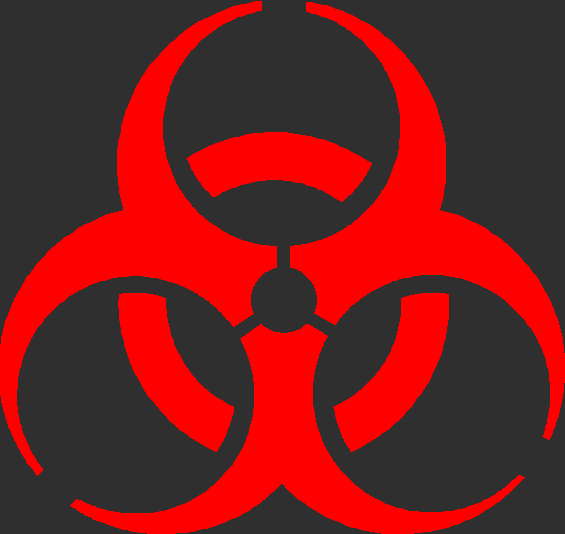
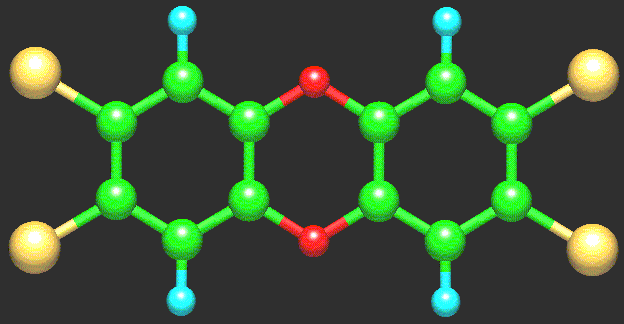

.jpg)
